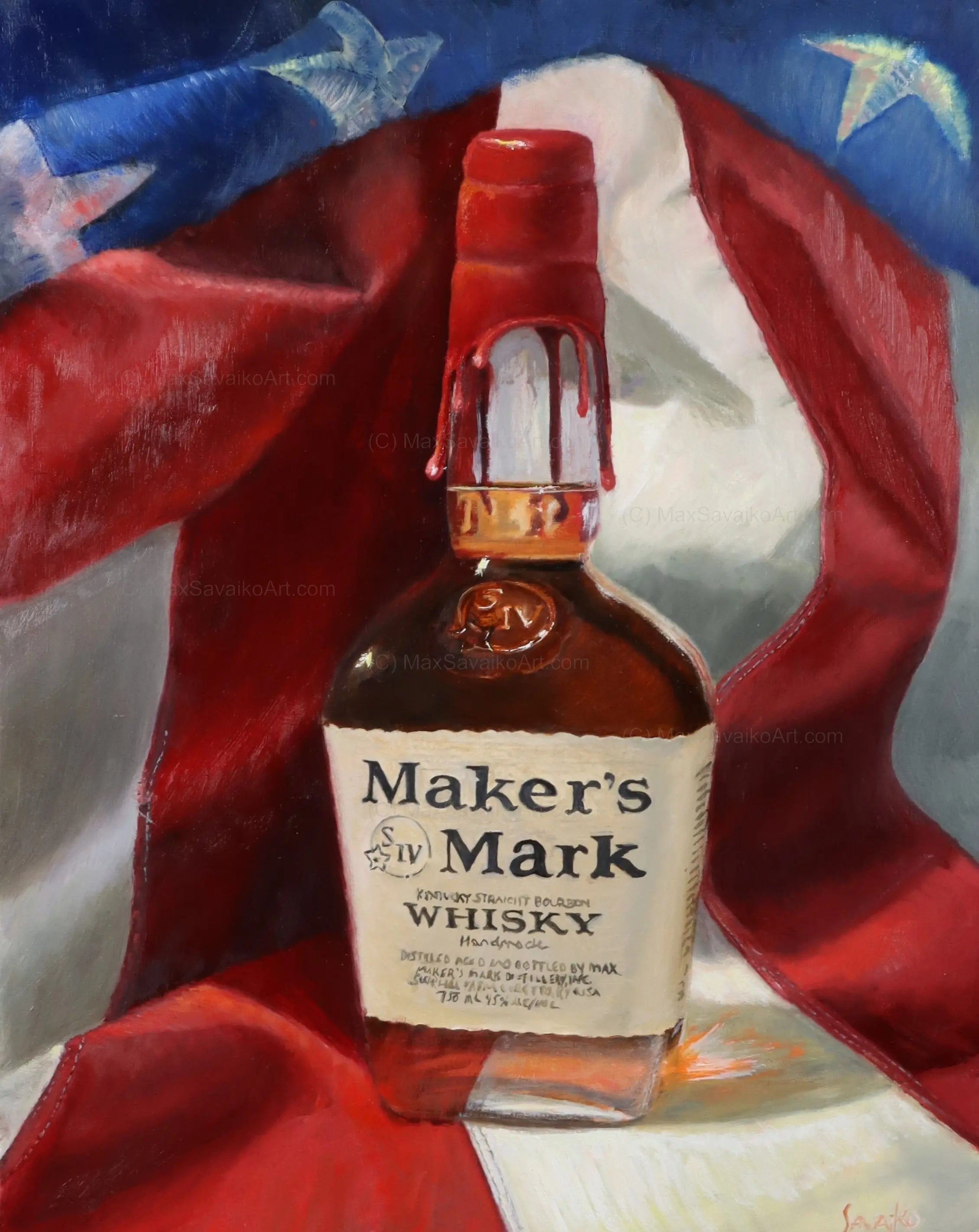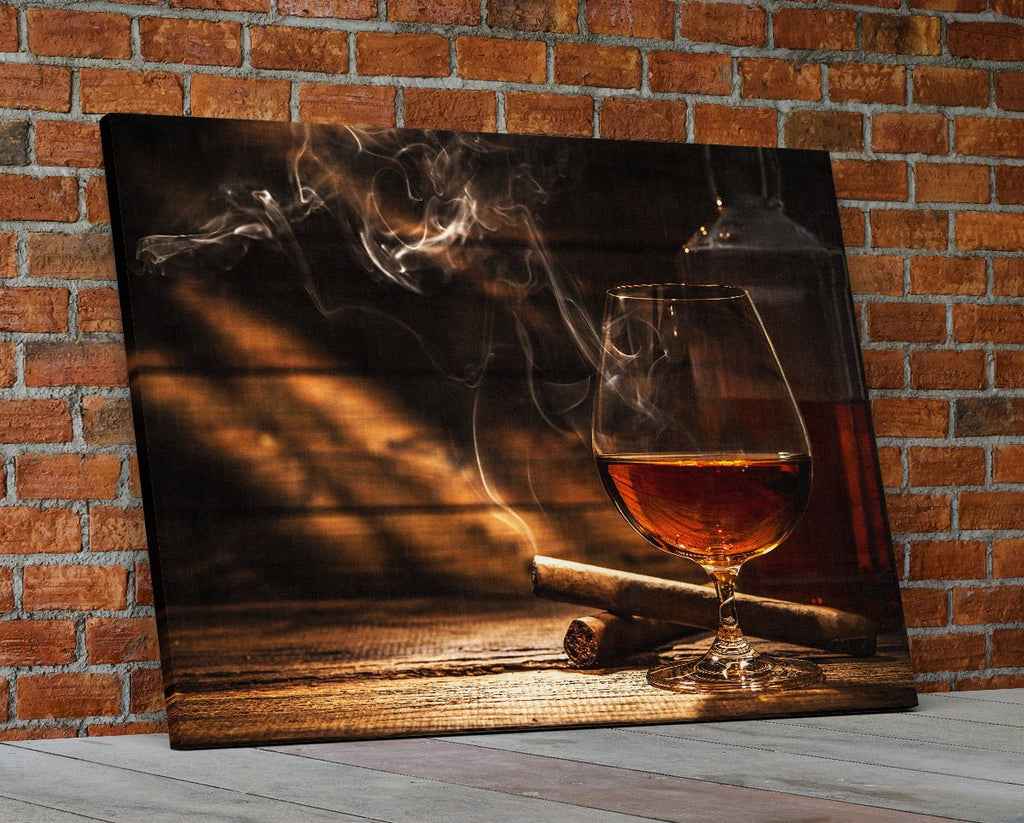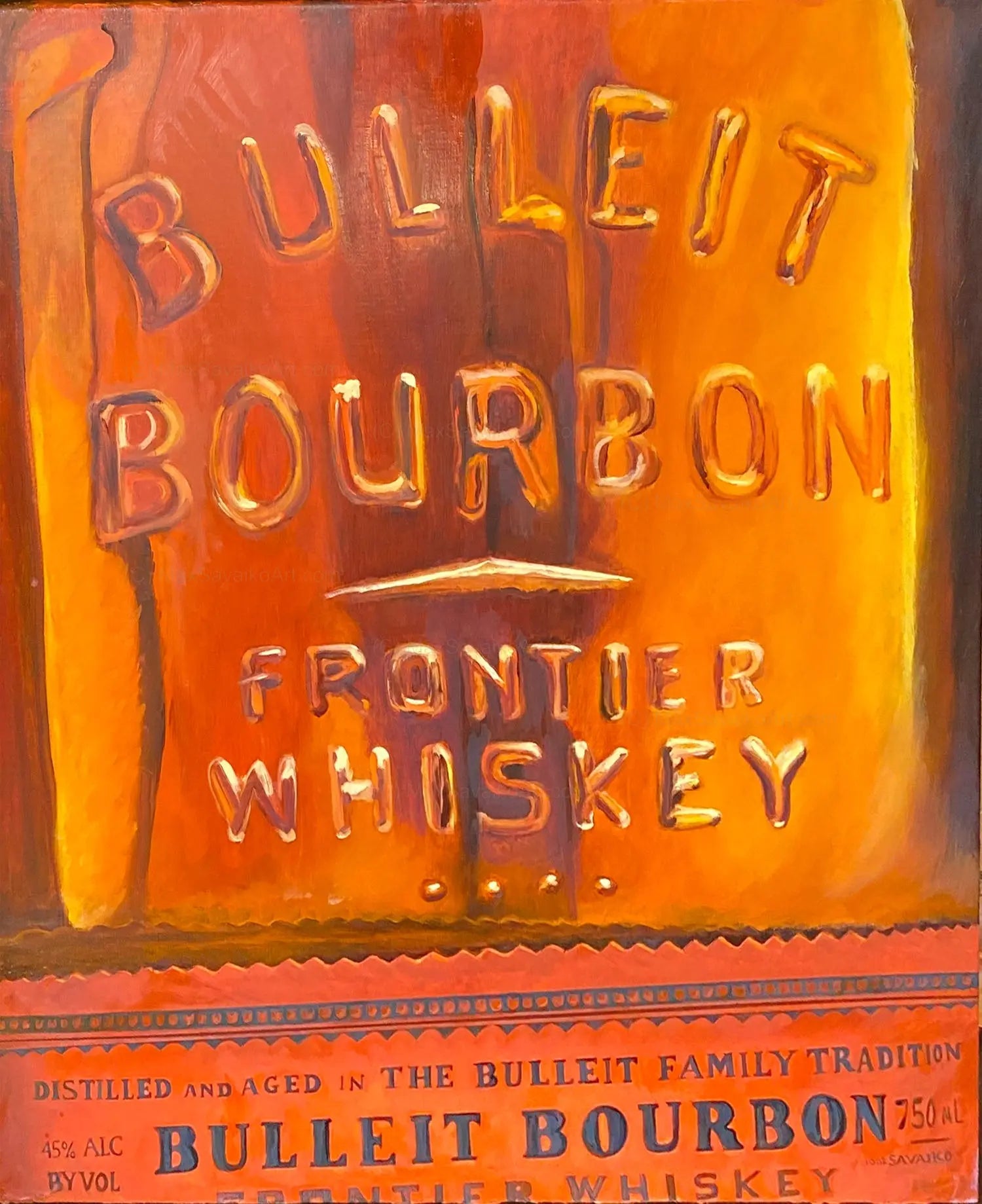Revealing the Appeal of Bourbon Art: A Homage to Craft Distillers
Revealing the Appeal of Bourbon Art: A Homage to Craft Distillers
Blog Article
The Importance of Whiskey Art in Celebrating Heritage and Workmanship in the Beverage Sector
The elaborate relationship between scotch art and the celebration of heritage and workmanship within the beverage sector can not be overemphasized. Through attentively developed containers and labels, whiskey brand names envelop their historic origins and the artisanal abilities that define their production methods. This artistic measurement not just improves market charm but also works as a conduit for social storytelling, promoting a deeper link in between the craft and the customer. As we discover the various elements of this subject, intriguing questions regarding the impact of contemporary patterns on typical practices develop, triggering additional assessment.
The Historic Roots of Whiskey
At the heart of bourbon's attraction exists a rich tapestry of historical roots that map back to old people. The origins of bourbon can be connected to the purification methods of the Sumerians and Babylonians around 2000 BCE, where very early forms of fermented grain drinks started to arise. It was in the Center Ages that the art of distillation developed substantially, particularly in Ireland and Scotland, leading to the development of whiskey as we recognize it today.
The term "scotch" itself obtains from the Gaelic word "uisce beatha," implying "water of life." This phrase emphasizes the social value of whiskey in Celtic societies, where it was commonly associated with routines, events, and public bonding. By the 15th century, distillation came to be an identified craft within reclusive communities, leading the way for the establishment of lawful distilleries.
As trade paths broadened, bourbon's appeal expanded, transcending regional boundaries and catching the passion of connoisseurs worldwide. Whiskey Art. This historic trip shows not just the workmanship behind bourbon manufacturing but also its integral role in cultural and social contexts, marking it as a significant beverage throughout history
Artistic Expression in Branding
Bourbon branding stands as a compelling crossway of artistry and commerce, where visual identity plays a crucial function in forming consumer understanding. The looks of bourbon tags, packaging, and advertising and marketing products reflect not just the brand's story however likewise its core values and heritage. Through imaginative expression, distilleries share a story that resonates with customers, evoking feelings and triggering links.
The use of shade, typography, and images in branding serves to set apart items in a saturated market. For example, typical motifs may stimulate a feeling of authenticity and craftsmanship, while modern-day designs can signify innovation and forward-thinking. This critical imaginative instructions boosts brand name recognition and loyalty, enabling consumers to create an individual partnership with the bourbon they pick.
Moreover, imaginative expression in branding typically acts as an event of local heritage. Distilleries frequently integrate regional symbols or historic recommendations right into their designs, developing a local color that invites consumers to participate in a wider social experience. Ultimately, the virtuosity behind bourbon branding not just improves aesthetic allure however also enriches the overall story of the brand, promoting a much deeper appreciation for the workmanship and heritage embedded in each container.
Workmanship in Bottle Layout
The artistry noticeable in whiskey branding extends past visual identity to incorporate the craftsmanship associated with bottle design. Each container serves as a vessel not simply for the spirit within, but additionally for the tale it outlines its quality, origin, and tradition. The layout procedure needs careful interest to information, as components such as shape, closure, and product add substantially to the general understanding of the whiskey.
Workmanship in bottle layout entails selecting top notch glass that can enhance my review here the scotch's shade and clearness, while also providing a tactile experience for the consumer. The silhouette of the bottle have to be both cosmetically appealing and functional, often mirroring the heritage of the brand. Numerous distilleries select distinct shapes or printed logos that evoke a sense of credibility and background.
Additionally, the tag style and typography play an important duty in communicating the brand name's story. Realism Art. A well-crafted bottle not just mesmerizes the consumer's eye but also reinforces the brand's dedication to top quality and tradition. This way, the workmanship of bottle style comes to be an essential aspect of the bourbon experience, merging artistry with an extensive regard for heritage
Cultural Significance of Whiskey Art
Commemorating tradition and craftsmanship, the social importance of scotch art goes beyond mere visual appeals, intertwining with the historic and social stories of the regions where it stems. Each bottle acts as a canvas, depicting the distinct tales, folklore, and traditions that have formed local whiskey-making methods. The intricate styles often mirror the heritage of the distillers, integrating signs and themes that resonate with the society and values of their areas.

In enhancement, whiskey art plays a vital role in common events and celebrations, functioning as a concrete web link between individuals and their shared experiences. By valuing the artistry in bourbon product packaging, consumers cultivate a deeper understanding and regard for the craft, ultimately enhancing their satisfaction of the drink itself.
Modern Trends in Bourbon Discussion
In current years, the discussion of bourbon has actually progressed to show contemporary preferences and fads while still recognizing typical workmanship - Limited Edition. Distilleries are significantly focusing on aesthetic aspects that boost the overall drinking experience, linking the gap in between heritage and modernity
Ingenious container designs have actually arised, commonly incorporating sustainable materials and creative labels that tell compelling tales. Many brand names currently work together with neighborhood musicians, instilling their items with one-of-a-kind aesthetic expressions that reverberate with customers. In addition, limited-edition launches are typically packaged in collectible containers, including value and appeal for aficionados.

Conclusion
In final thought, bourbon art serves as a crucial channel for revealing the heritage and workmanship integral in the beverage sector. Via intricate branding, ingenious bottle designs, and culturally considerable imaginative components, bourbon brand names successfully recognize their customs and link with consumers.


Workmanship in container design entails choosing premium glass that can enhance the scotch's shade and quality, while likewise providing a responsive experience for the customer. In this method, the craftsmanship of container layout comes to be a crucial element of the whiskey experience, merging artistry with a profound regard for heritage.
In conclusion, scotch art serves as a vital avenue for sharing the heritage and craftsmanship inherent in the drink market.
Report this page